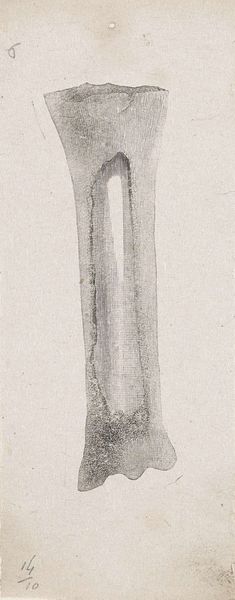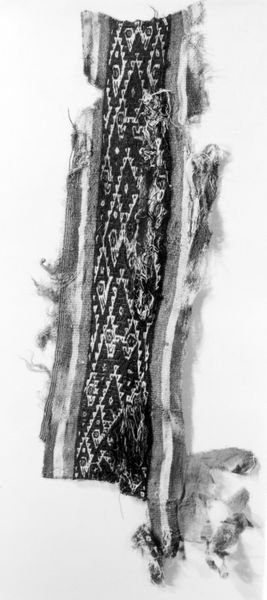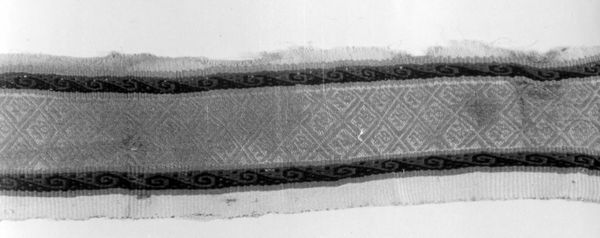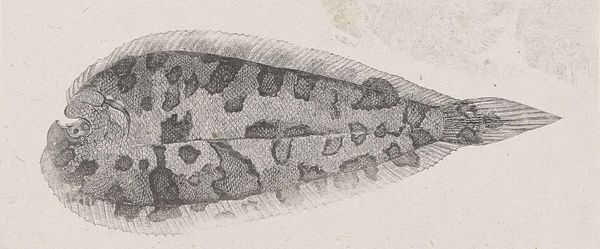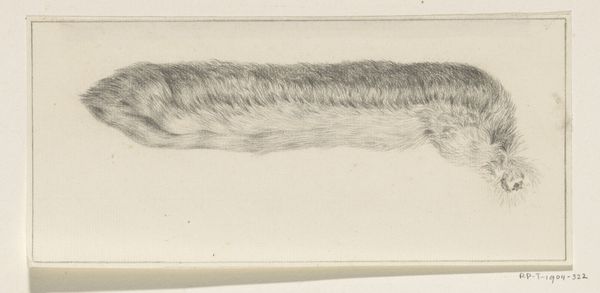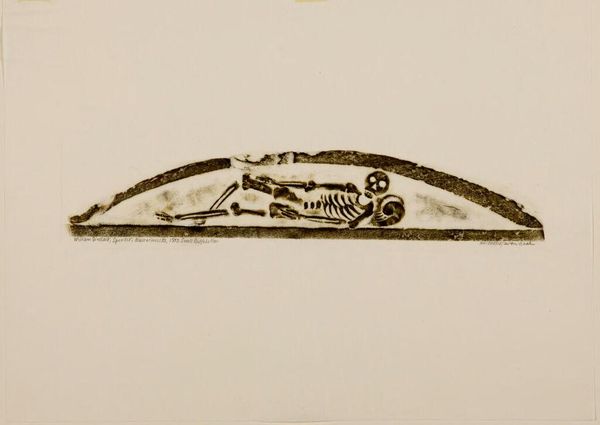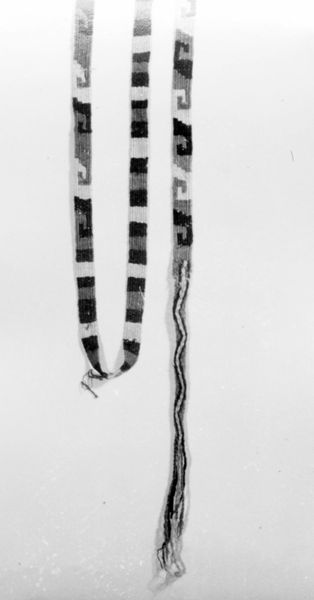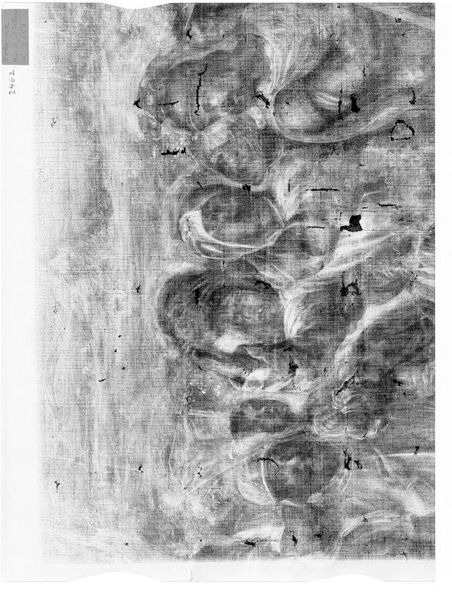
fibre-art, weaving, textile
#
fibre-art
#
sculpture
#
weaving
#
textile
#
geometric
#
line
#
monochrome
#
indigenous-americas
Dimensions: 99.1 × 4.5 cm (39 × 1 3/4 in.)
Copyright: Public Domain
Curator: Today, we’re looking at a textile fragment attributed to the Nazca culture, circa 100-200 CE. It's called "Fragment (Border)." Editor: There's a beautiful simplicity to this piece, even in its monochrome state. I'm struck by its incompleteness; the frayed edges lend it an air of vulnerability, of stories partially told. Curator: Precisely. Observe the geometric pattern – the repeating rectangular motifs create a visual rhythm. The contrasting values, while seemingly simple, establish a compelling structure and depth. The artist meticulously constructed these forms using fiber. Editor: I am immediately thinking of labor. We should think about the labor that went into making these objects, particularly given its origins. What kind of bodies would have been producing this and under what social circumstances? How would a modern gallery show and anonymization of this labor conceal these power dynamics? Curator: Certainly, context enriches our understanding, but consider also the formal aspects – the artist’s command of line and shape, their mastery of the medium. Editor: But to ignore the social context would be a disservice. Nazca textiles held symbolic value, communicating social status, religious beliefs, and perhaps even ancestral narratives. How does this function in a gallery space separated from its original communal and ritual function? It makes me want to ask questions about provenance and stewardship. Curator: I recognize that broader implications need to be considered but notice how the deliberate use of positive and negative space, creating balance and harmony, commands our visual attention and can tell us something more broadly about what that balance in society may look like? Editor: Yes, balance is interesting given our fragmented context. Perhaps it's indicative of survival under duress and the negotiation of Indigenous American culture? Curator: Well, the interplay of geometry and line is also evocative of the ancient artistic movements— the early Modernists! It highlights how similar shapes and the repetition of lines can unify many eras. Editor: That's fascinating. It illustrates how an artwork, even a fragment, can transcend its origins and continue to resonate, provoking questions and compelling discourse across different interpretations and vantage points. Curator: It also leaves the viewer curious about that place and period in art history while focusing intensely on shape and design and, of course, their modern impact.
Comments
No comments
Be the first to comment and join the conversation on the ultimate creative platform.


